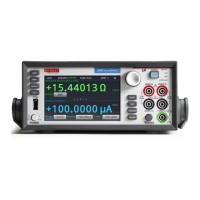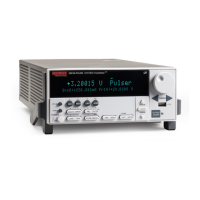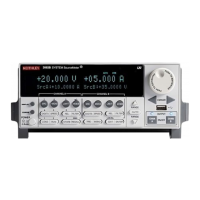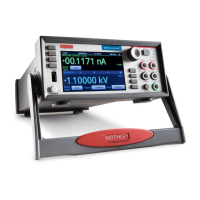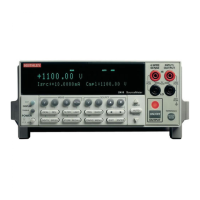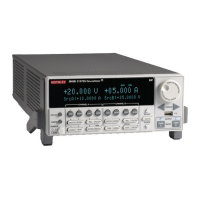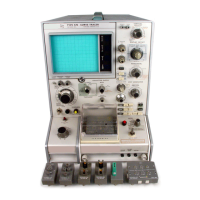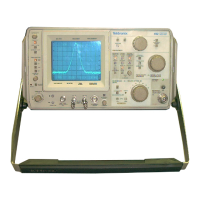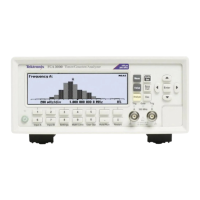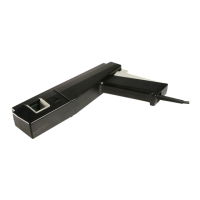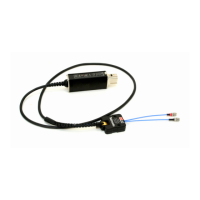The STVS library can perform the corresponding mobile ion charge analysis. It has a built-in
correction algorithm to eliminate the problems associated with leakage current. Many parameters,
including mobile ion charge concentration, can be extracted from this measurement.
The STVS method improves on the conventional TVS method (discussed below) by measuring both
C
Q
and C
H
and then computing mobile ion charge concentration as follows:
Where:
• N
M
= mobile ion density (1/cm
3
)
• V
GS
= gate-substrate voltage (V)
• V
GS
= change in gate-substrate voltage (step voltage) (V)
• C
Q
= quasistatic capacitance measured by Model 595 (F)
• C
H
= high-frequency capacitance measured by Model 590 (F)
• q = electron charge (coulombs)
Flatband voltage shift method
The primary method for measuring oxide charge density is the flatband voltage shift or
temperature-bias stress method (Snow, et al). In this case, two high-frequency C-V curves are
measured, both at room temperature. Between the two curves, the device is biased with a voltage at
200-300° to drift mobile ions across the oxide. The flatband voltage differential between the two
curves is then calculated, from which charge density can be determined.
From Nicollian and Brews (426, Eq. 10.9 and IO. lo), we have:
Where:
• Q
O
= the first moment of the charge distribution
• = charge centroid
• W
MS
= metal semiconductor work function (constant)
•
OX
= oxide dielectric constant
• X
O
= oxide thickness
• C
OX
= oxide capacitance
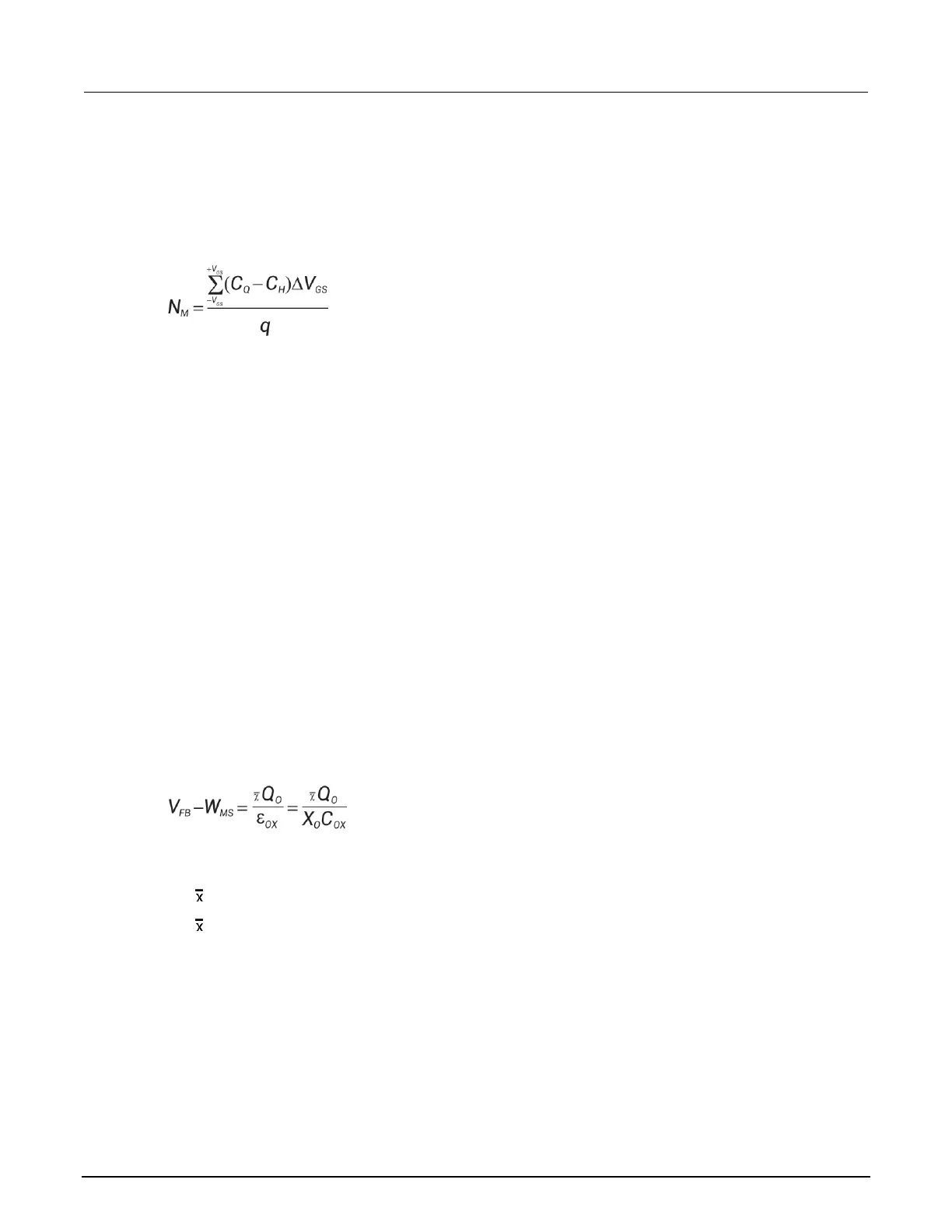